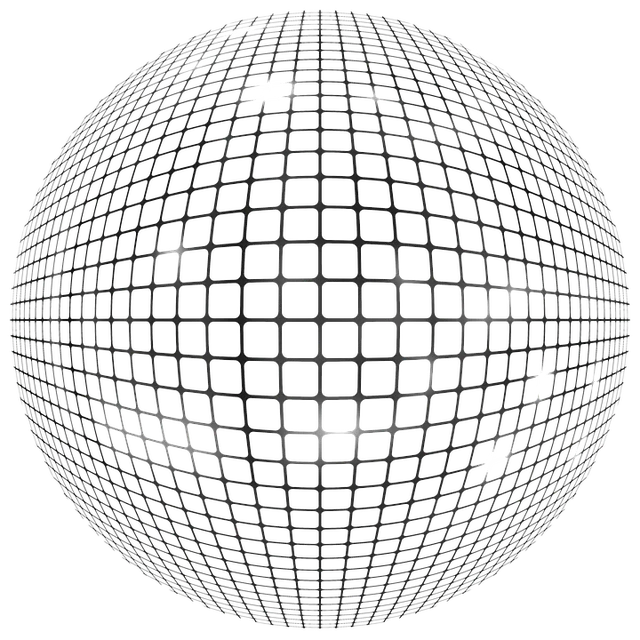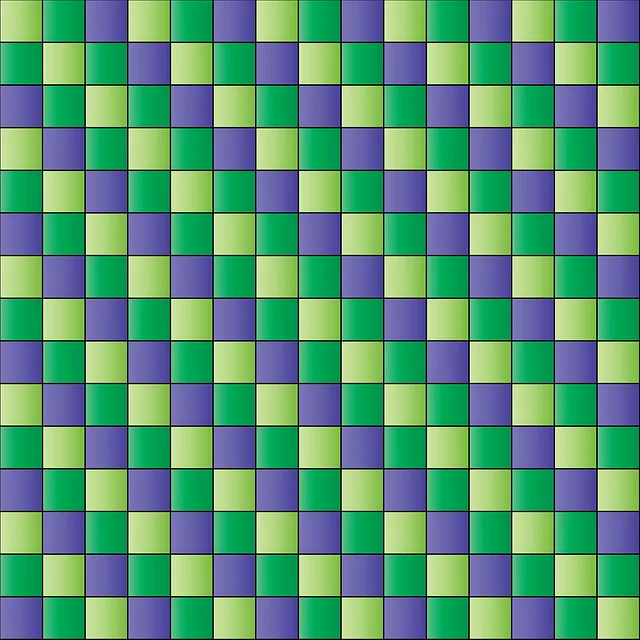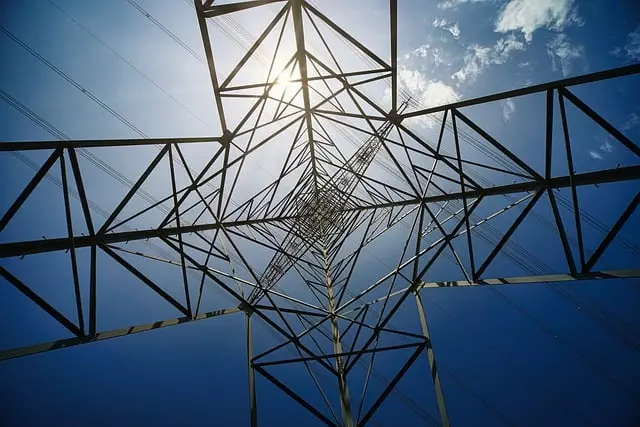Muscle soreness after intense exercise is caused by micro-tears in muscle fibers, peaking 24-48 hours later. This discomfort can be managed through tailored workout plans, stretching, hydration, and herbal remedies like Maeng Da pronunciation, which promotes blood flow and reduces inflammation. Both delayed onset muscle soreness (DOMS) and acute soreness can be alleviated with proper rest and gradual progression in fitness routines.
Feeling sore after a workout? Discover how to alleviate muscle discomfort with customized plans targeting specific soreness. Learn about the science behind muscle recovery and explore natural remedies like maeng da (pronounced “mah-eng dah”), an ancient herb known for its therapeutic properties. This comprehensive guide offers tailored strategies, from individualizing workouts based on fitness level to incorporating active recovery and natural treatments, ensuring you bounce back stronger and pain-free.
- Understanding Muscle Soreness and Its Causes
- – Definition and types of muscle soreness
- – Common causes: Overuse, intense workouts, lactic acid build-up, delayed onset muscle soreness (DOMS)
Understanding Muscle Soreness and Its Causes
Muscle soreness is a common occurrence after intense physical activity or exercise, particularly when pushing your body beyond its usual limits. This discomfort can range from mild irritation to sharp, aching pain that may last for several days. Understanding the causes behind muscle soreness is the first step in alleviating it effectively.
One of the primary reasons for muscle soreness is delayed onset muscle soreness (DOMS), which typically peaks around 24-48 hours after exercise and then gradually subsides. DOMS is triggered by micro-tears in muscle fibers that occur during strenuous workouts, especially when introducing new exercises or increasing intensity. Additionally, factors like improper form, overexertion, inadequate recovery time, and even certain types of clothing can contribute to muscle soreness. The good news is that targeted interventions, such as customized workout plans, stretching routines, and proper hydration, can significantly help in relieving muscle soreness and accelerating the healing process.
– Definition and types of muscle soreness
Muscle soreness is a common physiological response to physical activity and can be classified into two main types. Delayed Onset Muscle Soreness (DOMS) typically appears 24-72 hours after exercise and is characterized by a sharp or aching pain that worsens with movement. This type of soreness is caused by small muscle fibers tearing during exercise, leading to inflammation and fluid buildup in the muscles. The second type is acute muscle soreness, which occurs immediately after intense or unfamiliar exercises and often subsides quickly as the body adapts.
Maeng da pronunciation, a traditional herb known for its anti-inflammatory properties, can be beneficial in managing both types of muscle soreness. By promoting blood flow and reducing inflammation, maeng da may help alleviate discomfort and speed up recovery time. Incorporating targeted stretching, gradual progression in workouts, and adequate rest days into your fitness routine can also work synergistically with customized workout plans to combat muscle soreness relief effectively.
– Common causes: Overuse, intense workouts, lactic acid build-up, delayed onset muscle soreness (DOMS)
Muscle soreness is a common issue that can arise from various activities, especially intense or new workouts. Overuse and excessive physical exertion are primary culprits, leading to micro-tears in muscle fibers that cause inflammation and discomfort. During strenuous exercise, lactic acid builds up in the muscles, contributing to that familiar burning sensation. This phenomenon is often followed by delayed onset muscle soreness (DOMS), which typically peaks around 24-48 hours post-workout and can last for several days. The Maeng Da pronunciation, a term associated with certain herbs used in natural remedies, highlights the need for tailored solutions to combat these issues effectively.
Customized workout plans, tailored to address muscle soreness, offer a more effective and efficient recovery strategy. By understanding the causes of soreness, from overuse to lactic acid build-up, you can design targeted exercises to relieve discomfort. Incorporating maeng da pronunciation (a traditional herb known for its anti-inflammatory properties) into your routine might provide additional benefits. Remember that consistent movement and proper care are key to keeping your body in top shape and reducing muscle soreness relief.






